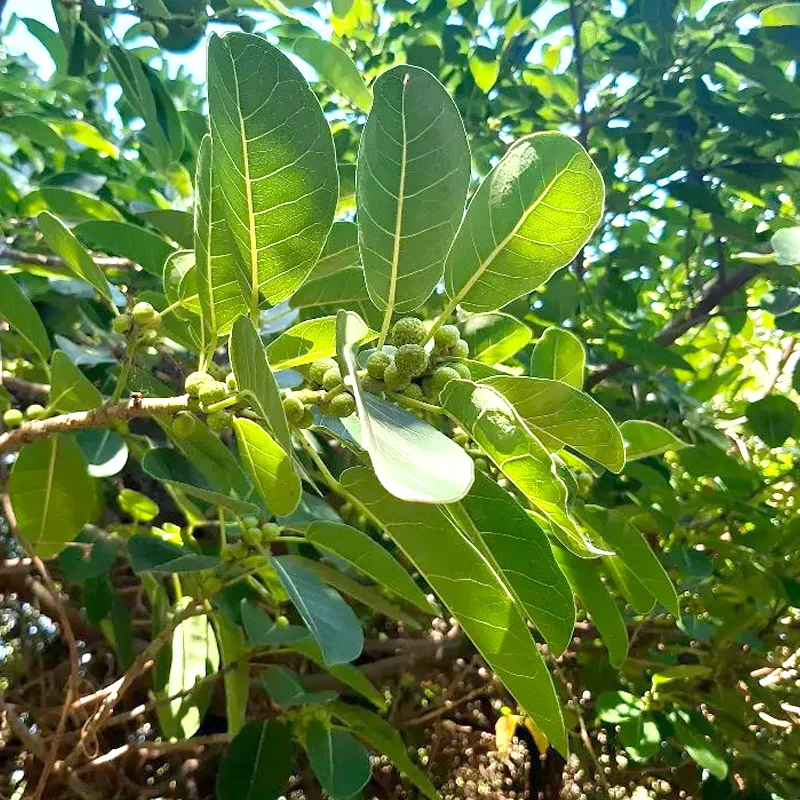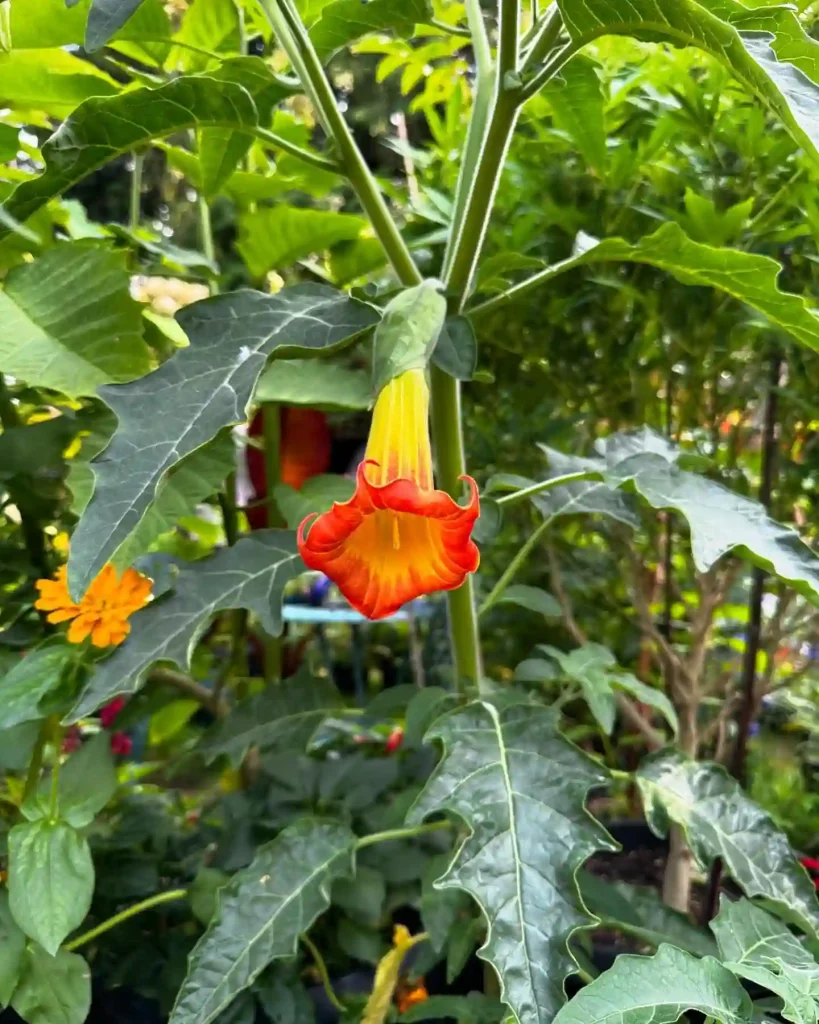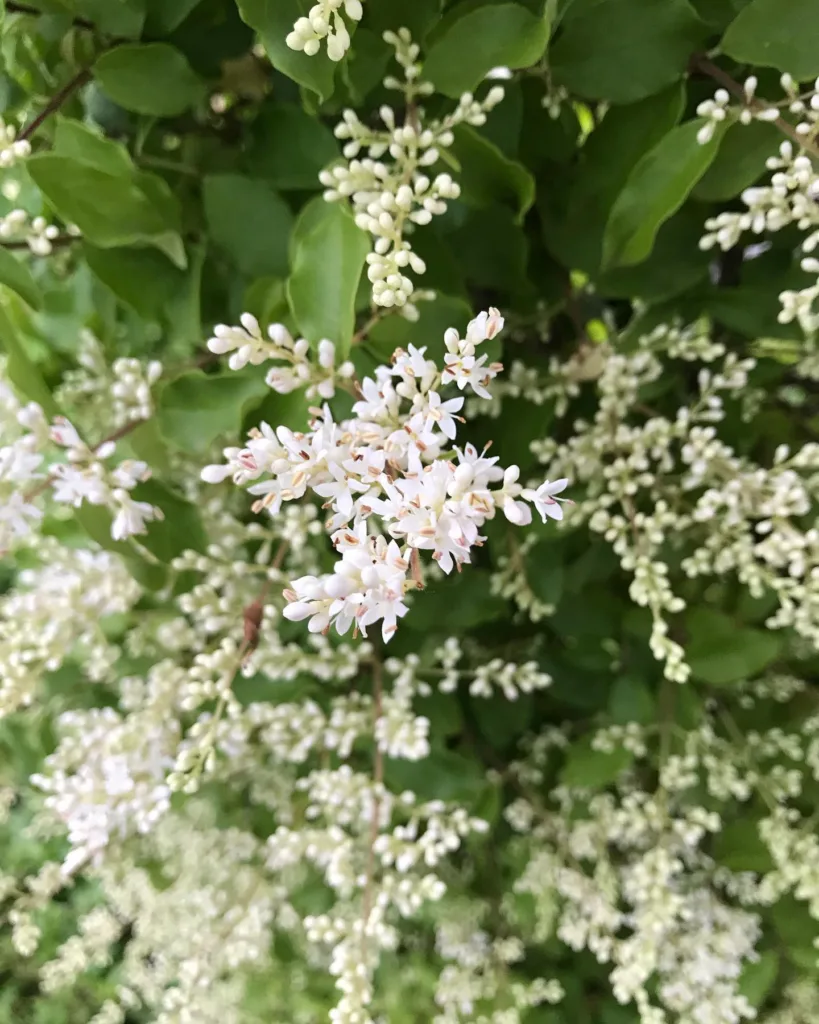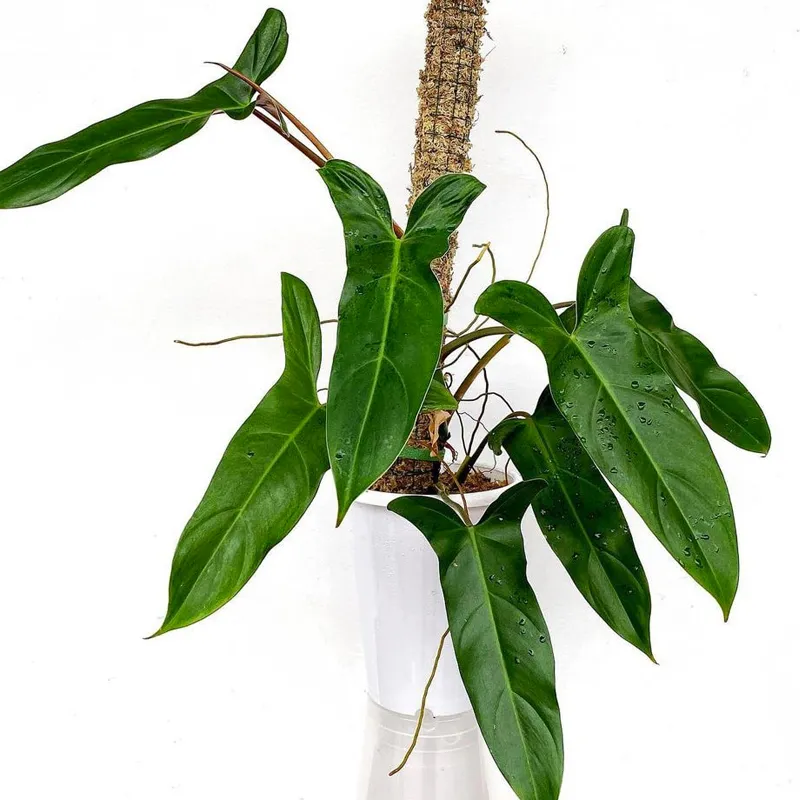The Golden Chain: My Fascination with Laburnum
As a lover of all things botanical, I, Ferb Vu, am constantly drawn to the unique and captivating world of plants. Among the many genera that have captured my attention, Laburnum, with its cascading golden blooms, holds a special place in my heart.
Laburnum, a small genus belonging to the pea family (Fabaceae), is renowned for its ornamental value. Native to the mountains of southern Europe, these deciduous trees or large shrubs are a sight to behold, especially in late spring when they are draped with long, pendulous racemes of vibrant yellow flowers. The sight of these golden chains swaying gently in the breeze is truly mesmerizing.
A Closer Look at Laburnum Species
The genus Laburnum comprises two primary species and their hybrid:
- Laburnum anagyroides: often referred to as the common laburnum or golden chain tree, is a small deciduous tree prized for its spectacular late-spring blooms. Known for its long, drooping clusters of bright yellow flowers, it creates a show-stopping display in gardens and parks. Native to central and southern Europe, this species typically grows 15-25 feet tall and thrives in well-drained soils with ample sunlight. Although it’s a beautiful ornamental, caution is advised when planting as all parts of the tree, particularly the seeds, are toxic if ingested due to the presence of cytisine. Plant FAQs: Laburnum Anagyroides – Golden Chain tree
- Laburnum alpinum: commonly called the alpine or Scotch laburnum, shares the golden floral display characteristic of the genus but is generally more cold-hardy than Laburnum anagyroides. It’s native to the mountainous regions of southern Europe and is slightly smaller in stature, typically reaching 10-20 feet in height. This species has finely textured leaves and produces dense flower clusters that bloom in early summer. It’s often chosen for cooler climates and has a graceful, slender appearance that adds elegance to landscape designs. Like other laburnums, it is also toxic and should be handled with care.
- Laburnum × watereri: is a popular hybrid between Laburnum anagyroides and Laburnum alpinum, combining the best traits of each parent. Known for its even longer, cascading racemes of golden-yellow flowers, it can reach up to 30 feet in height under ideal conditions. Often grown as the cultivar ‘Vossii,’ this hybrid offers an extended bloom period and impressive floral displays, making it a favorite for garden archways or trellises. It requires well-drained soil, full sunlight, and regular pruning to maintain its health and shape. Like other laburnums, it is highly toxic and should be planted away from children or pets.
The Allure of the Golden Chain Tree
What is it about Laburnum that so captivates me? Perhaps it’s the sheer exuberance of its floral display. The golden blossoms, resembling wisteria in their cascading habit, create a dramatic effect, transforming any landscape into a scene of enchanting beauty. Or maybe it’s the delicate fragrance that wafts through the air, adding another layer of sensory delight.
Beyond its aesthetic appeal, Laburnum also holds cultural significance. In the Victorian language of flowers, Laburnum symbolized forsaken love or pensive beauty. This symbolism adds a layer of intrigue and melancholy to an otherwise cheerful plant.
A Note of Caution
While undeniably beautiful, Laburnum is not without its drawbacks. All parts of the plant, especially the seeds, contain cytisine, a toxic alkaloid that can be harmful to humans and animals if ingested. It’s essential to exercise caution when planting Laburnum, especially in areas frequented by children or pets.
Despite this caveat, I believe the beauty and allure of Laburnum far outweigh its potential risks. With proper care and awareness, these golden-chained wonders can be safely enjoyed in any garden or landscape.
If i die, water my plants!



